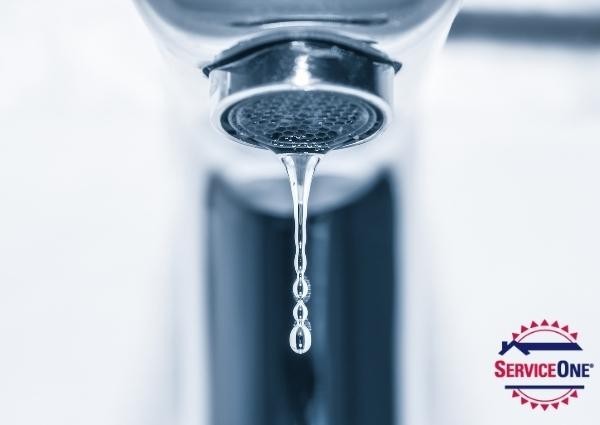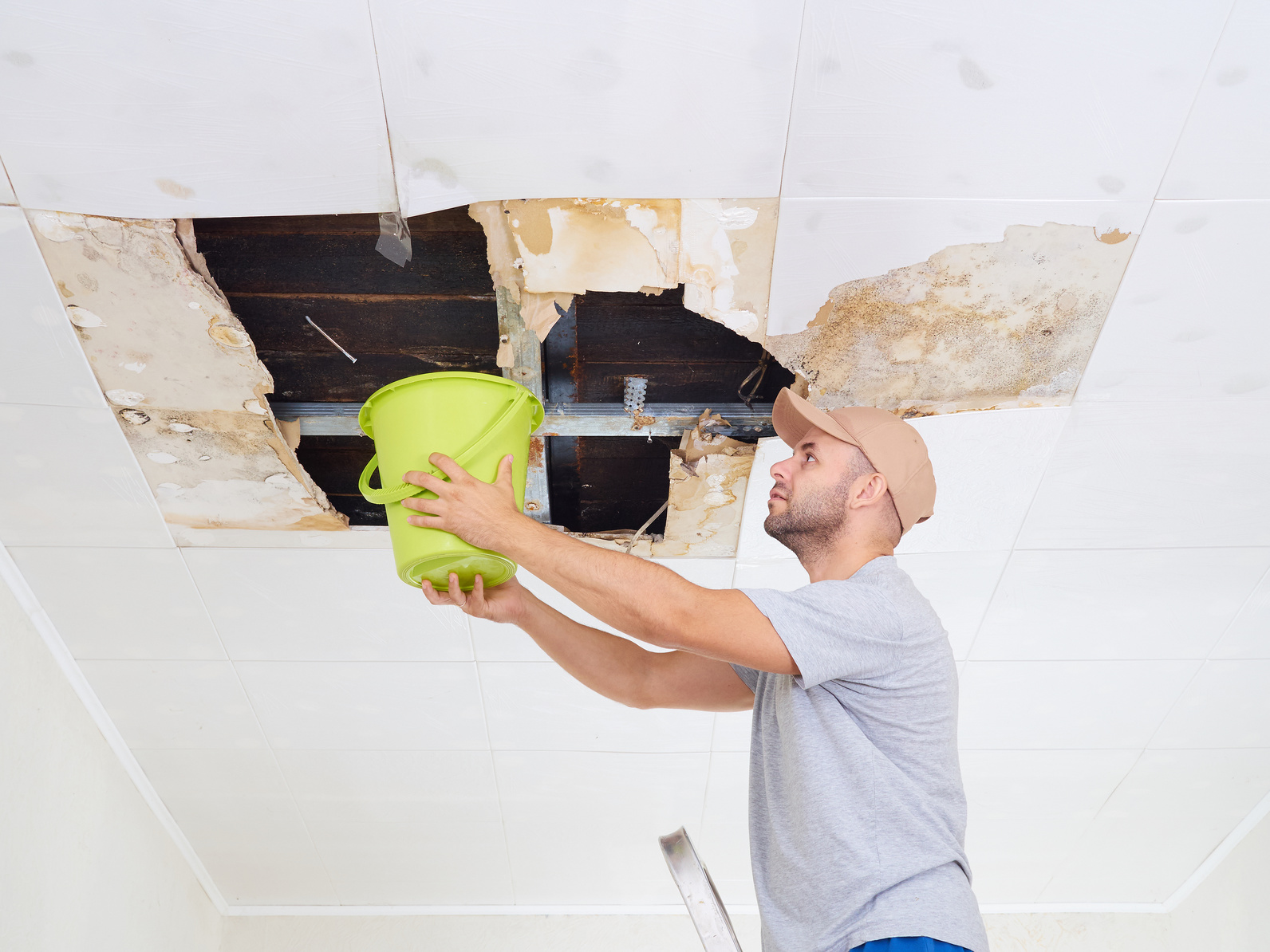We've come across this post involving How to Check for Bathroom Leaks below on the web and thought it made good sense to relate it with you on this page.

Bathroom leaks are irritating as they disrupt your day's plan. They vary in extent depending on the resource of the leakage. You must prioritize them, as they can rapidly worsen. So, it is a relief that a lot of bathroom leakages are very easy to spot and also deal with, with very little price implications.
Having a water leak in washroom can be stressful to the home owner. The post offers as a "initial help" when you need an emergency response to a water leak in bathroom.
Detection as well as Repair Service of Water Leakage in Shower Room
Water leakage in shower room typically arises from plumbing as well as pipeline faults. There are numerous types of washroom leaks. You might require a basic understanding of these leakage types to find the water leakage in restroom. Below are the common shower room leakages and take care of pointers:
Sprinkle Leaks
These typically result from water splashing on the washroom floor from the tub. It issues of using an inadequate shower curtain or worn bath tub lining. It harms the bathroom floor as well as might create rot to wood floors and restroom doors. The water normally swimming pools around the bathtub or shower. This may lead to worse shower room damage without timely handling.
What to Do
This bathroom leak is the simplest to fix. You just need to change the drapes or recaulk the tub or shower. If the leak has harmed the shower room floor or door, you may require to transform these to prevent further damage. The good news is that you can involve a pipes specialist to aid with the bathroom repair.
Toilet Leaks
Sometimes, water leaks from the toilet as well as swimming pools around the bathroom base. It is an eye sore in the shower room and needs prompt focus. Sometimes, it results from a loosened connection in between the tank as well as the bathroom. This triggers water to drip from the cistern to the flooring. It may additionally result from cracks in the toilet bowl or a faulty shut-off valve.
What to Do
You only need to tighten them if there are loose bolts between the cistern and toilet. Sometimes you may require to reapply wax on the gasket or employ a bathroom leakage expert to replace broken or used components.
Clogged Washroom Sinks
In some cases, the water leak in bathroom arises from sink blockages. This is commonly a hassle to homeowners as well as may be unpleasant. Obstructions may result from the accumulation of soap scum, hair fragments, or particles that clog the drainpipe. It is easy to manage blockages, and you might not require specialist skills.
What to Do
You can make use of a drainpipe serpent to remove the debris in the drain and let the stagnant water flow. Drain cleaners are also available in stores and also are simple to make use of.
Conclusion
Water leakages in the washroom are preventable occasions in the residence. Upkeep as well as routine checks help to keep whatever in tip-top shape. Yet, you can never ever be as well cautious, and also these occasions still happen. When they do, fix them immediately, or engage the solutions of an expert.
The short article serves as a "initial help" when you require an emergency situation action to a water leak in restroom.
Water leak in washroom commonly results from pipes and also pipeline mistakes. You might require a fundamental knowledge of these leak types to discover the water leakage in shower room. It damages the washroom flooring and might trigger rot to wooden floors and also washroom doors. In some cases, the water leak in washroom results from sink blockages.
Signs That You Have a Water Leak in Your Bathroom
Puddles and Damp Patches
Water that’s appearing unexpectedly is a bad sign. If you’ve not taken a bath or shower, yet water’s still on the floors, then you’ve sprung a leak.
Keep an eye out for puddles on the floor, around the base of your shower, and/or in the cabinets of your bathroom. That water’s coming from somewhere!
The same goes for dampness in the room. Damp patches (however big or small) that appear anywhere from the floor to the ceiling is another sign of a leak.
Mold
Mold isn’t uncommon in bathrooms.
It’s found in damp and humid conditions, making a bathroom prime territory for mold to form. This is true in and around areas like the shower.
Confusingly, though, mold can also be a signal of a leak. Remember the damp patches we mentioned above? Well, it’s only a matter of time before mold grows on them.
Note any mold that’s started to form in ‘unexpected’ places. Pay close attention to mold in areas that should, in theory, remain dry.
Peeling Wallpaper
You may or may not have wallpaper in your bathroom.
If you don’t, then skip this one. However, for those that do, read on!
Essentially, any damp that’s present beneath a layer of wallpaper will cause it to peel away from the wall. Sure, this happens in time anyway, as the adhesive fails.
But don’t let that fact dissuade you from suspecting a leak. A well-wallpapered bathroom won’t peel unless there’s a problem.
Tiling Issues
On the subject of things coming off walls, pay attention to your bathroom tiles.
Never ignore them when they’re broken or loose, or have damaged caulking between them. These can let water trickle through and impact the materials beneath in what’s called a ‘tile leak’.
Bad tile leaks can be expensive to repair. If you’re lucky, you can get away with just replacing the tiles and grout/caulk. Sometimes, though, you’ll need a brand new backing.
The basic message here is to regularly check the tiles in your bathroom for damage, wear and tear! Call a professional for support at the first sign of trouble.
Strange Noises
Nothing sends terror through the hearts of a homeowner like the sound of dripping water in the walls! Any obvious water sounds must be addressed as soon as possible. You’ve sprung a leak which could be causing untold damage to the property.
Keep an ear out for more subtle and unrecognizable sounds too. For instance, a high-pitched hissing noise in the walls can come from a pipe that’s developed a slight crack.
Call the professionals whenever you notice watery noises persisting in the absence of bathroom appliances being used.
Strange Smells
As we’ve seen, leaks often cause damp, mold and mildew to develop in your bathroom.
However, you might notice a strange smell before these key visual clues emerge.
Think about the last time you went down into an old basement. The dank and earthy odor in the room is like what you can find in a bathroom with a leak. Unfortunately, many homeowners don’t understand what they’re smelling!
They might buy a new air freshener to remove the smell, without addressing the actual cause. It would be like spraying deodorant on your clothes instead of putting them through the wash! The smell improves, but the leak is allowed to get worse.
https://www.plumbtimesc.com/7-signs-that-you-have-a-water-leak-in-your-bathroom/

Do you enjoy reading up on How to Check for Bathroom Leaks? Leave feedback directly below. We will be glad to see your thoughts about this blog. We hope to see you back again soon. Are you aware of another person who is in the market for How to Check for Bathroom Leaks? Feel free to share it. I take joy in reading our article about How to Detect and Fix a Bathroom Leak.
Immediate attention? Call!